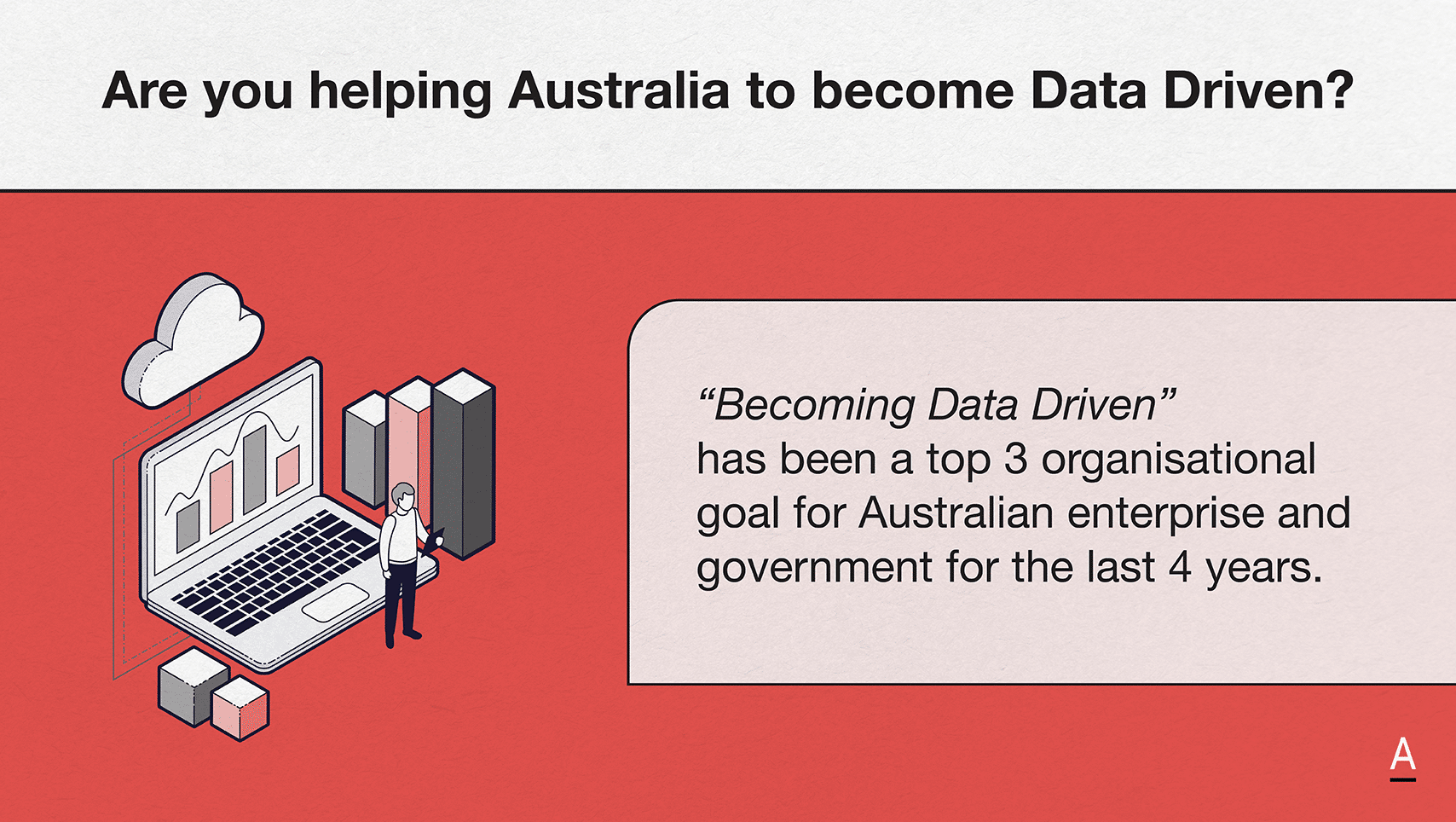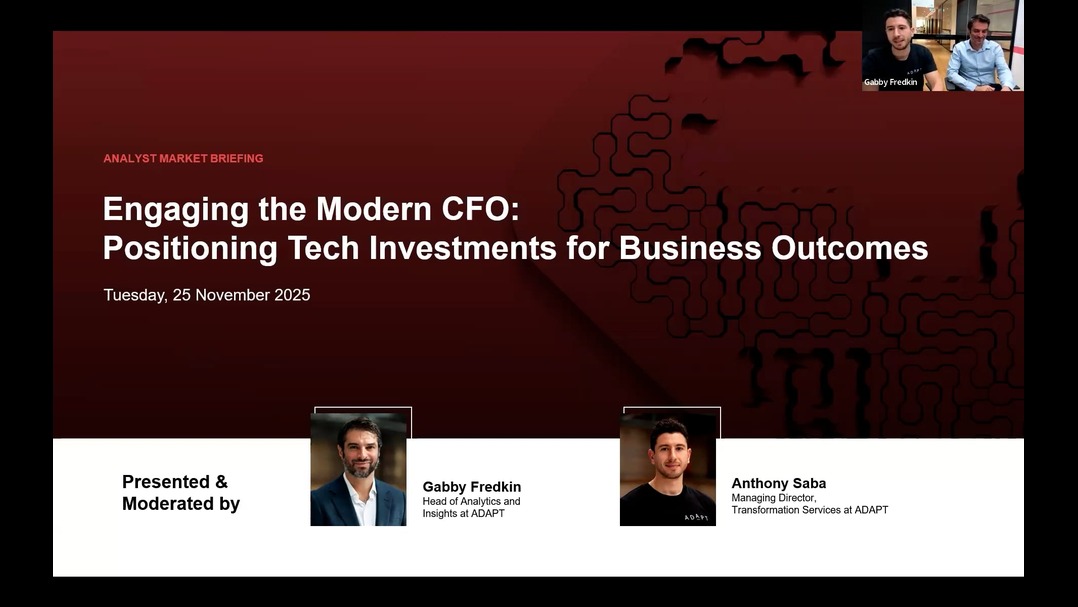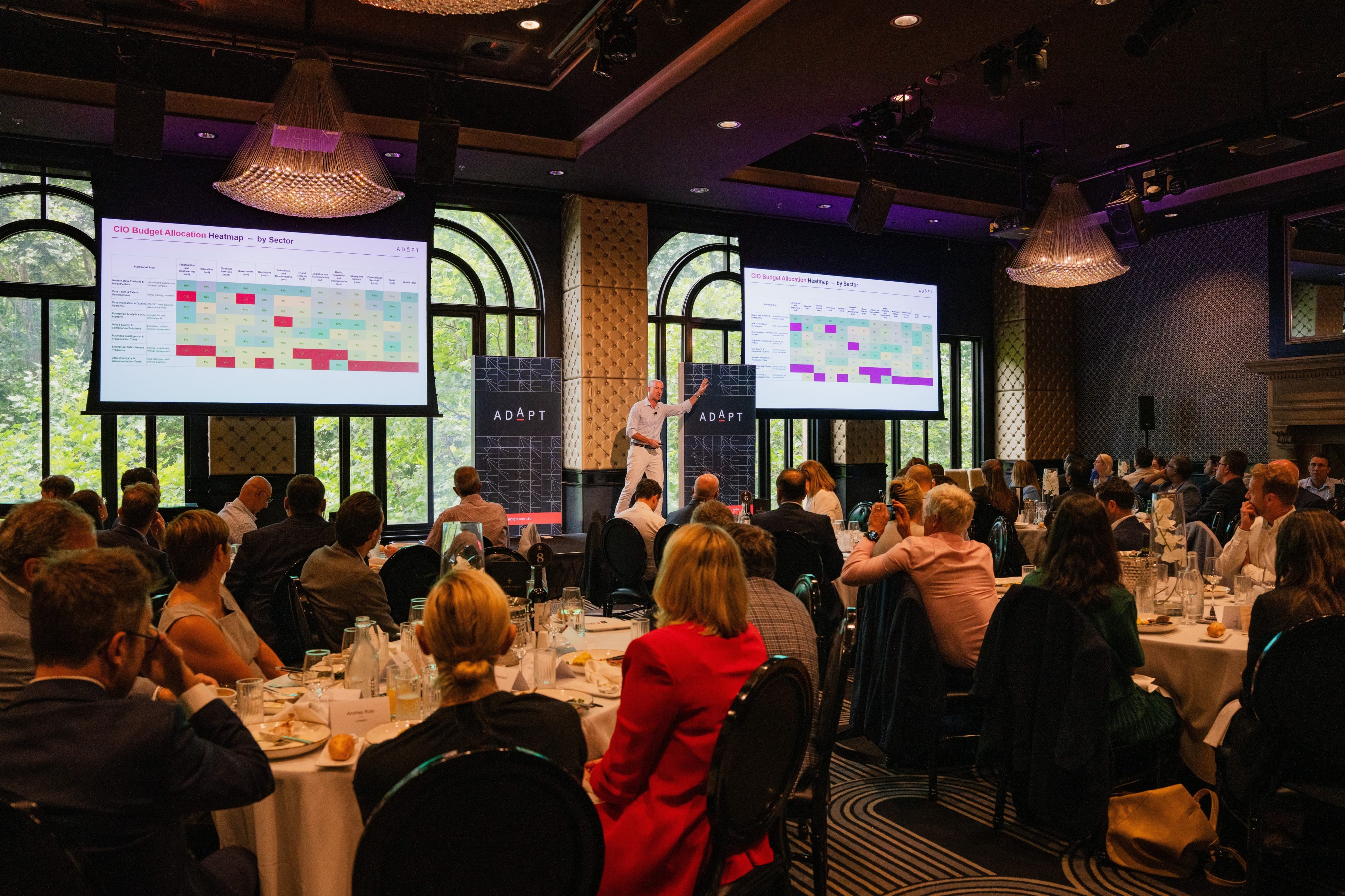How tech vendors can support Aussie retailers in modernisation, CX, cyber security, integration, and AI
Australian retailers are investing in modernisation, CX, AI, and cyber security. Tech vendors must offer scalable, data-driven solutions to support this evolution.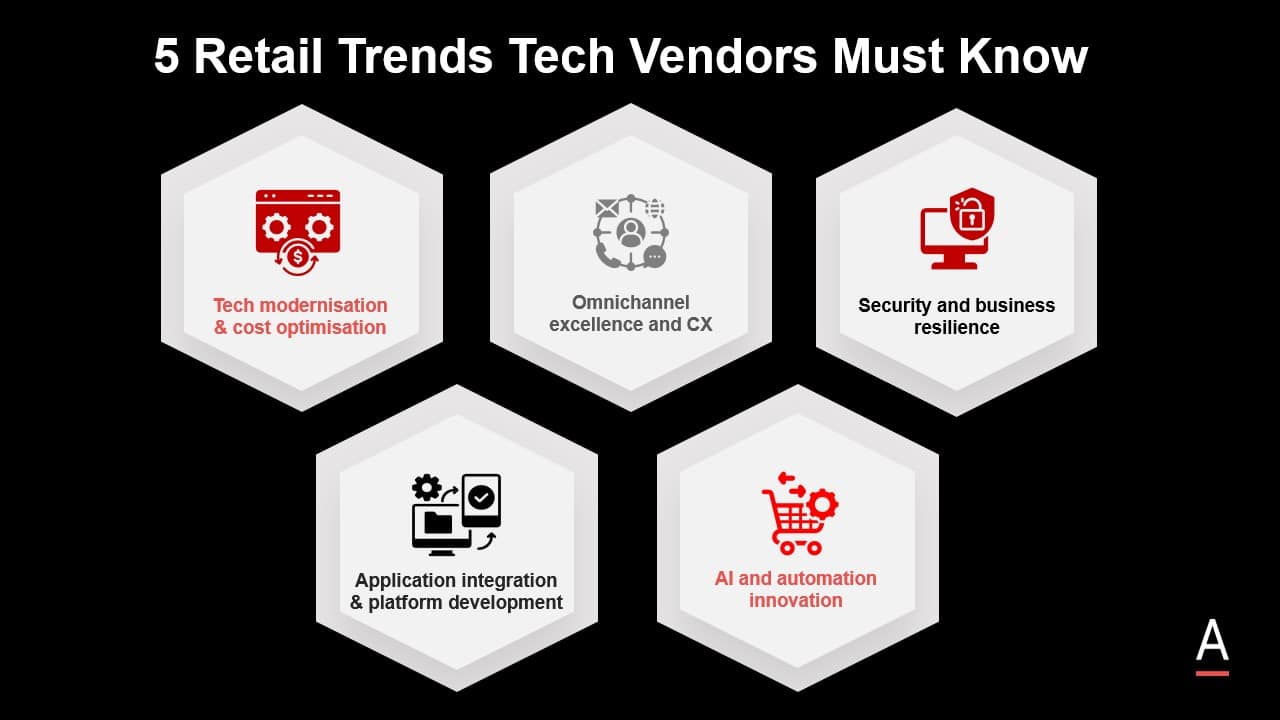
The Australian retail sector is undergoing rapid digital transformation, with technology modernisation and cost optimisation emerging as top priorities.
Retailers are directing 18% of technology budgets to back-office applications and 17% to infrastructure, surpassing cross-industry averages.
Omnichannel experience enhancement is the leading technology initiative for retail CIOs, as organisations compete on experience quality by leveraging data to integrate physical and digital touchpoints.
Cyber security and business resilience have become critical, with retail outpacing other sectors in cyber awareness and security skill development.
Generative AI adoption is accelerating, ranking as the third-highest investment priority among retail CIOs, compared to seventh across all sectors, underscoring the industry’s focus on transformative innovation.
ADAPT explores five key trends shaping retail’s technology roadmap and how vendors can align their solutions to meet evolving industry demands.
Trend 1: Technology modernisation and cost optimisation
Retailers are prioritising modernising their technology infrastructure to stay competitive, improve efficiency, and reduce costs.
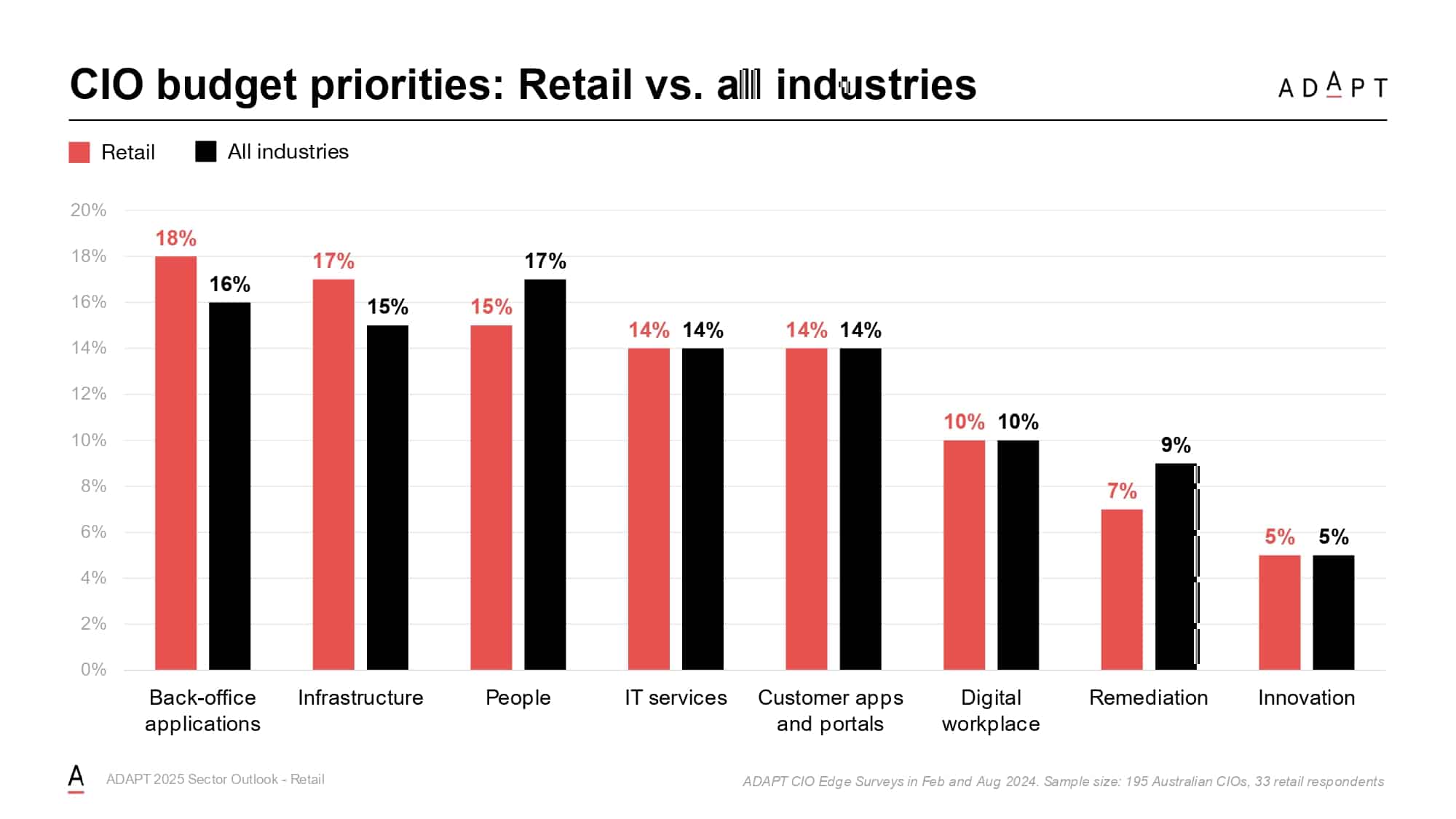
ADAPT’s survey identifies this as the top goal for retail CIOs, with significant investment in real-time inventory management, automation, and predictive analytics.
Modernisation enhances customer service through data accessibility and automated support while strengthening supply chain operations.
Retailers allocating higher budgets to modernisation outperform competitors, achieving 25% higher operational efficiency, according to the Australian Retailers Association.
Legacy systems hinder innovation, making technology upgrades essential for agility and long-term success.
Recommended actions for tech vendors:
- Support modular transformation with solutions that enable incremental modernisation while maintaining business continuity.
- Enhance integration capabilities by providing robust APIs, standardised connectors, and flexible frameworks for scalable growth.
- Demonstrate ROI effectively through data-driven models that highlight efficiency gains, cost savings, and customer experience improvements.
- Facilitate change management with training programs, best practices, and structured transition frameworks to ease technology adoption.
Trend 2: Omnichannel excellence and customer engagement
Retailers are prioritising omnichannel experiences to meet evolving consumer expectations and gain a competitive edge.
ADAPT’s survey identifies this as the top technology initiative for retail CIOs, with seamless integration between physical and digital channels being essential for success.
According to the Australian Retailers Association, consumers regularly switch between online and offline touchpoints, and retailers with mature omnichannel strategies achieve 30% higher customer lifetime value.
Effective omnichannel execution enhances customer experience, improves operational efficiency, and boosts marketing effectiveness.
Real-time data synchronisation and cross-channel consistency are critical for maximising engagement and sales.
Sakshee Kohli, Head of Engineering and Store Infrastructure at Coles, underscored the importance of agility in omnichannel retail, ensuring rapid feature deployment while maintaining scalability and future readiness.
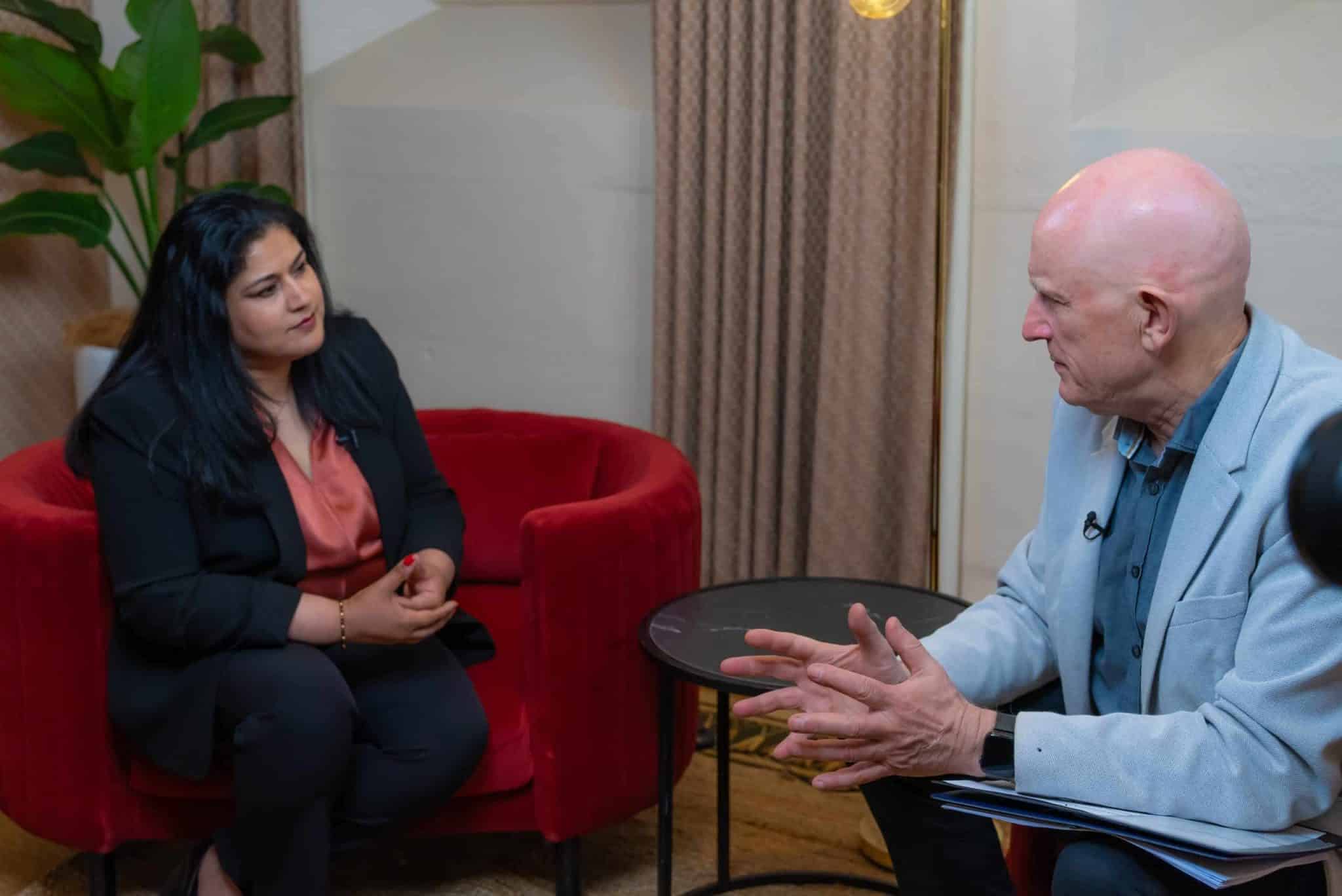
In an interview at CIO Edge, she talked about how Coles leveraged AI-driven solutions like skip-scan technology to reduce loss and enhance in-store efficiency, demonstrating how digital tools can directly improve customer experience.
Recommended actions for tech vendors:
- Facilitate seamless omnichannel experiences by offering platforms that unify mobile apps, in-store systems, and e-commerce with real-time data synchronisation.
- Enable scalable personalisation with tools that support customer segmentation, behaviour analysis, and automated content customisation.
- Support channel integration by providing frameworks for unified inventory visibility, order management, and flexible fulfilment options.
- Enhance real-time responsiveness with solutions for dynamic pricing, automated customer communications, and real-time inventory updates.
Trend 3: Security and business resilience
Security is now a strategic priority for retailers, essential for maintaining customer trust and business continuity.
ADAPT’s survey ranks cyber security as the second-highest priority for retail CIOs, driven by a 35% rise in retail-related cyber incidents in 2023, as reported by the Australian Consumer and Competition Commission.
Retailers are investing heavily in payment security and data protection, with those implementing advanced security measures experiencing 60% fewer fraudulent transactions, according to the Australian Payments Network.
Strong security frameworks not only prevent threats but also boost consumer confidence, leading to higher online conversion rates.
Enhanced data protection enables safer personalisation and accelerates the adoption of new technologies.
Recommended actions for tech vendors:
- Develop integrated security solutions that protect physical stores, e-commerce, and emerging technologies like mobile payments and IoT.
- Provide real-time threat response tools with automated detection, incident response, and recovery mechanisms for retail environments.
- Support compliance efforts with built-in regulatory frameworks, audit trails, and reporting capabilities.
- Enhance customer trust by offering security features like trust indicators, transparent safeguards, and clear communication tools.
Trend 4: Operational excellence through application integration
Application integration is a top investment priority for retail CIOs, driving efficiency, customer experience, and supply chain optimisation.
The Australian Bureau of Statistics (ABS) revealed that integrated systems achieve 40% higher operational efficiency and 25% better inventory accuracy, directly improving financial performance.
Seamless integration enables automated workflows, real-time data access, and better decision-making.
These capabilities reduce costs, enhance sales, and create a more agile and responsive retail environment.
In a CIO Edge panel, Woolworths’ CIO, John Hunt, emphasised that operational excellence begins with ensuring core systems are reliable and consistently running, forming the foundation for technology-led transformation.
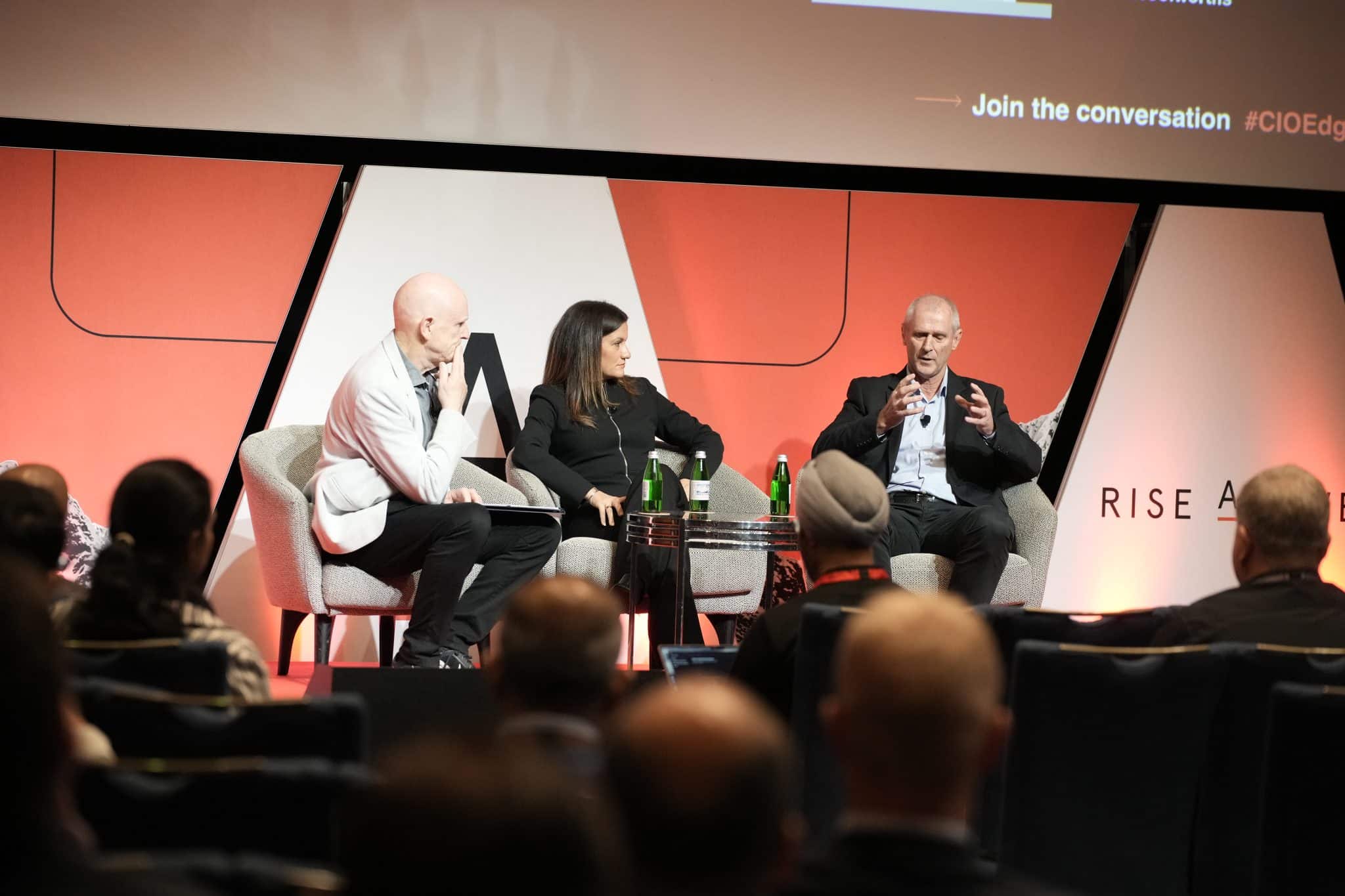
By integrating data on the Google platform, Woolworths has enhanced its ability to anticipate and address future technological needs, supporting a more responsive and data-driven retail environment.
This highlights the importance of aligning technology investments with business objectives to drive sustained growth and efficiency.
Recommended actions for tech vendors:
- Offer frictionless integration with robust APIs, pre-built connectors, and real-time data synchronisation for seamless retail operations.
- Provide scalable solutions that support high transaction volumes, peak season demands, and geographic expansion.
- Help retailers manage integration projects with best practices, reference architectures, and migration tools.
- Enable data-driven operations by offering analytics, reporting frameworks, and decision support tools for better decision-making.
Trend 5: AI and automation innovation
AI adoption is transforming retail operations and customer engagement, with Generative AI ranked as the third-highest investment priority among retail CIOs.
In fact, the Australian Retailers Association noted that retailers using AI report a 30% improvement in demand forecasting, a 25% reduction in stockouts, and 40% faster customer service response times.
These advancements drive better inventory management, enhanced personalisation, and increased marketing effectiveness, directly improving financial performance.
To sustain this momentum, Sarah Carney, National CTO at Microsoft ANZ, stressed that businesses must embed innovation into everyday operations rather than waiting for ideal conditions to experiment in her CIO Edge presentation.

Microsoft’s own transformation under Satya Nadella demonstrated how a strong culture of innovation—fostered through initiatives like hackathons and cross-functional collaboration—can accelerate meaningful technological advancements.
Building upon this, Jan Brecht, former CIO of Mercedes-Benz Group AG & Mercedes-Benz AG, talked about the company’s use of digital twins to expedite vehicle engineering, significantly reducing development time.
In a conversation with ADAPT Senior Advisor and MIT CISR Chairman Dr. Peter Weill, Jan also said that Mercedes-Benz is streamlining the car buying and financing process to enhance customer experience.
For retailers, embracing this mindset means continuously iterating on AI applications, ensuring innovation remains a strategic driver rather than a one-off investment.
Recommended actions for tech vendors:
- Provide scalable implementation frameworks to help retailers adopt AI incrementally through pilot programs, testing environments, and gradual scaling.
- Offer data readiness tools that support data cleaning, integration, and quality monitoring for AI applications.
- Facilitate innovation adoption by helping retailers build internal AI capabilities with training, best practices, and AI expertise development.
- Support seamless integration to ensure AI solutions align with existing retail systems and workflows.
Retailers are entering a new phase of technology investment, balancing modernisation, customer experience, and AI adoption to remain competitive.
By 2026, 70% of major retailers plan to implement AI across multiple business functions, while 65% of retail CIOs are set to make significant investments in customer experience by 2025.
As economic pressures and evolving consumer expectations accelerate digital transformation, technology vendors must provide scalable, data-driven, and security-focused solutions that help retailers adapt, innovate, and grow.
For deeper insights and data-backed strategies, access the full ADAPT 2025 Sector Outlook: Retail Insights for Technology Vendors




